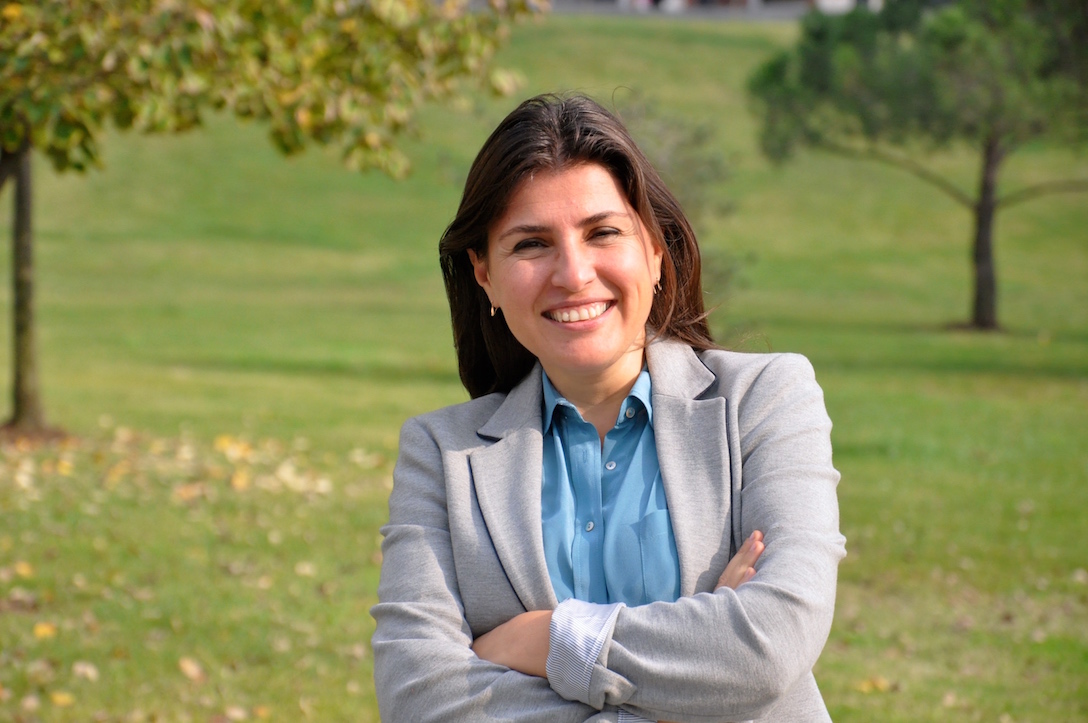
2nd ELT Conference İzmir Katip Çelebi University
Review by Burça Çapkan
The 2nd ELT Conference of İzmir Katip Çelebi University titled ‘ELT without limits’ was held in İzmir on 11th September,2015. This one day event included two plenary sessions and various concurrent sessions. The topics covered in the conference were:
Teacher education: Pre-service teacher education. In-service teacher education as professional development. Novice teachers. Pedagogical knowledge. The Practicum. Teacher beliefs.
Language learning: Motivation. Anxiety. Attitude. Language learning strategies. Inter-language. Factors affecting language learning. Sociolinguistics/pragmatics. Code-switching, Discourse analysis. Learner autonomy. Culture. Intercultural competence. Mobility programs.
Language teaching: Teaching materials. Assessment. Teaching methods. Teaching skills (Writing, Reading, Grammar, Speaking/Pronunciation, Vocabulary). Classroom activities (Stories, Poems, Drama, Portfolio, Coursebooks). Technology. Corpus, corpora. Curriculum development and evaluation. Teacher efficacy/burnout.
Below you can find some summaries from the sessions
‘Researching Language Learning Theory’ by Paul Johnson
The opening plenary was given by Paul Johnson on Researching Language Theory. He works for Macmillan as an Education Consultant.
He started his speech with a quotation from Michael Swan and turned it into discussion: ‘’Teachers who treat mistakes as weeds to be ruthlessly weeded out, who pick up every error and allow nothing to pass uncorrected, do an immense amount of harm. Their students understandably become reluctant to say anything at all. They make no mistakes because they say nothing.’’
Then he introduced the ‘tomato’ theory to highlight the difference between knowledge and understanding.
‘Knowledge has been democratized, but learning hasn’t’
He also emphasized the importance of Cortisol (stress hormone) and Broca’s area in learning, giving some examples from his classroom experience.
His blog can be found here: http://pjinturkey.wordpress.com/category/english-language-teaching/
‘Teaching without Technology’ by John Thompson
John Thompson, a lecturer at Yaşar University in the Department of Foreign Languages within the English faculty programme, questioned the role and use of technology in classroom teaching, particularly in relation to English language teaching. The basic questions he would recommend English language teachers who use technology in their classes to ask to themselves are
•How useful is technology?
•Does it achieve your purposes as a teacher?
•What about the ‘to be left behind’ feeling?
•Is technology enabling or disabling us?
•Does social media make people more social really?
His presentation’s main focus was ‘technology is not a substitute for teaching’. Since language is a human instinct, he advises that we should keep it real and human as much as possible.
‘Student perceptions of the use of a learning management system as part of a Blended Learning Approach at an English Medium University’ by Michael Speroff
Micheal Speroff, who currently teaches at Abdullah Gül University in Kayseri, introduced his research on both student and instructor perceptions and strengths and weaknesses in the Learning Management System they have been using at the Preparatory English Program at Abdullah Gül University.
His presentation was divided into 3 main sections
•Purpose of the study
•Institutional context
•About my survey
The purpose of his study was to gain insights into student perspectives of their learning management system, to identify areas of success regarding LMS and to identify areas of potential improvement regarding LMS use. In the second part of his lecture, he gave a brief background information about the student profile in his university and the details of the course. He has said that he adopted his questions from other published resources. All the survey questions were in Turkish to make sure that students understood the questions. He shared the graphical results of his research with the audience, explaining each graph in detail. After sharing the results of his research, he summarized the results of his research under two headings which were ‘What’s working’ and ‘Areas to work on’.
